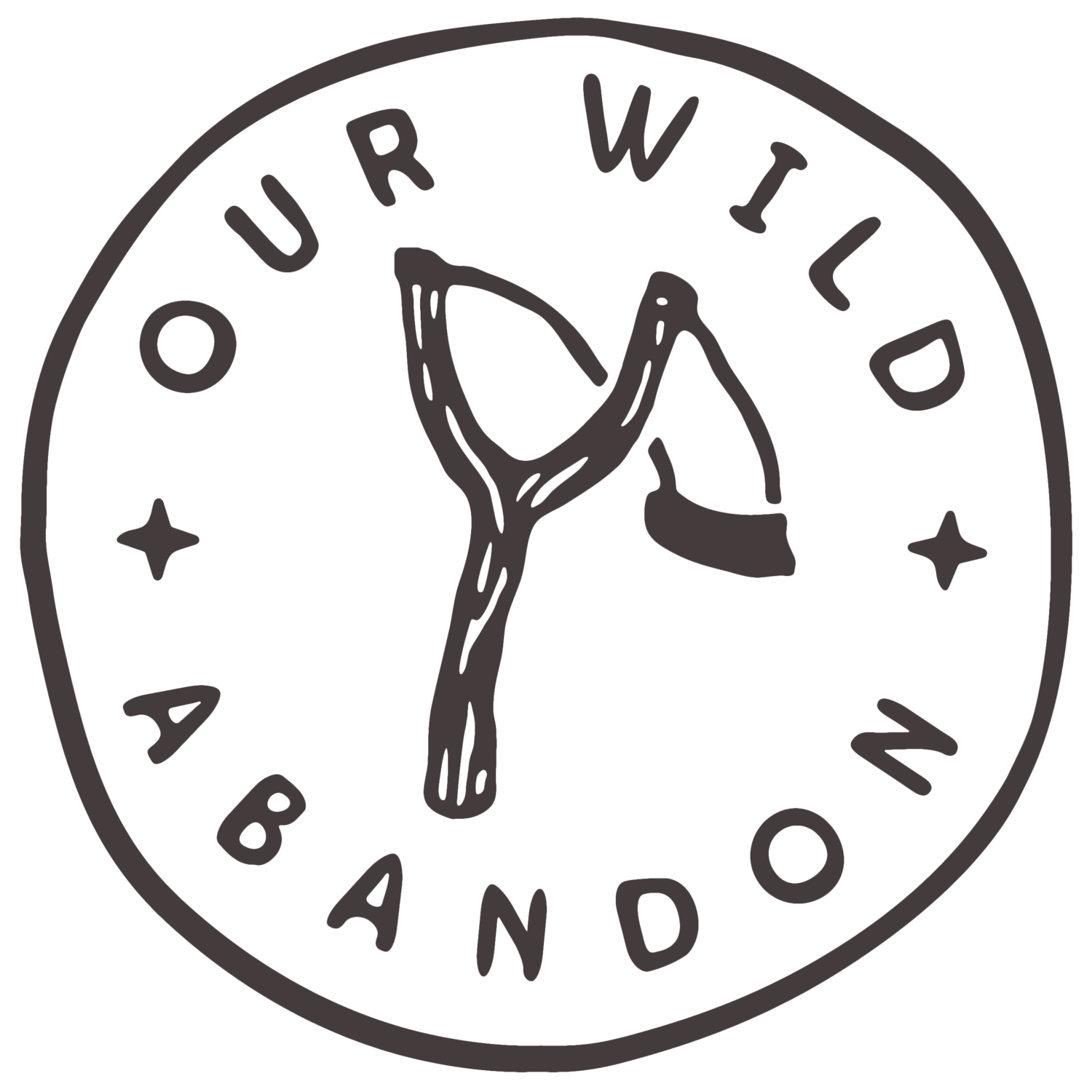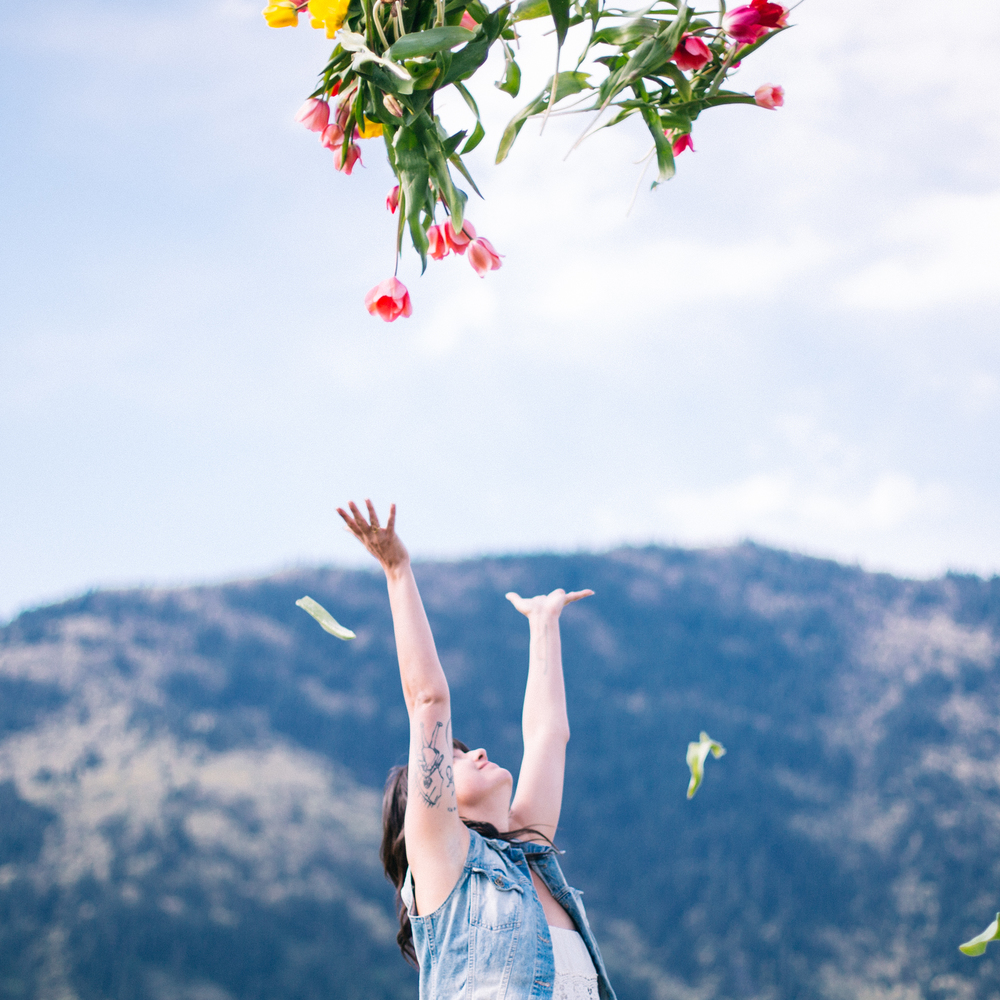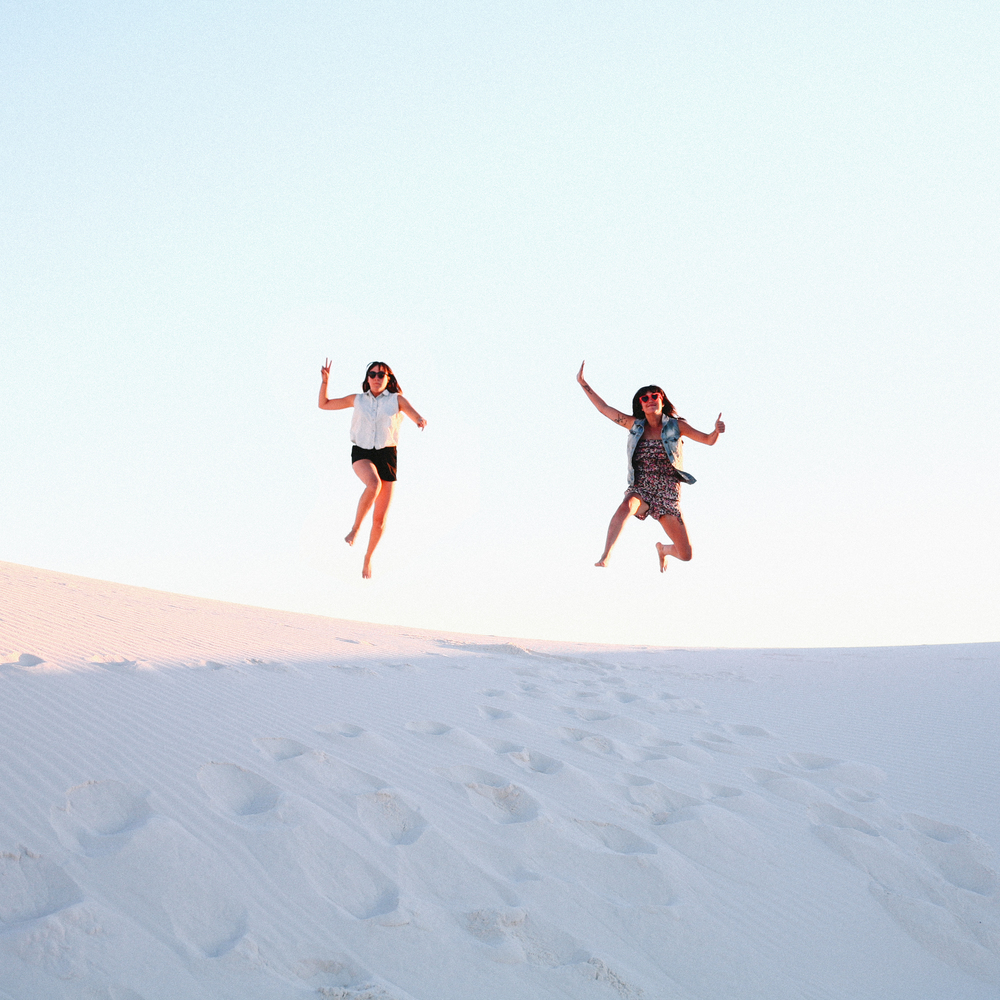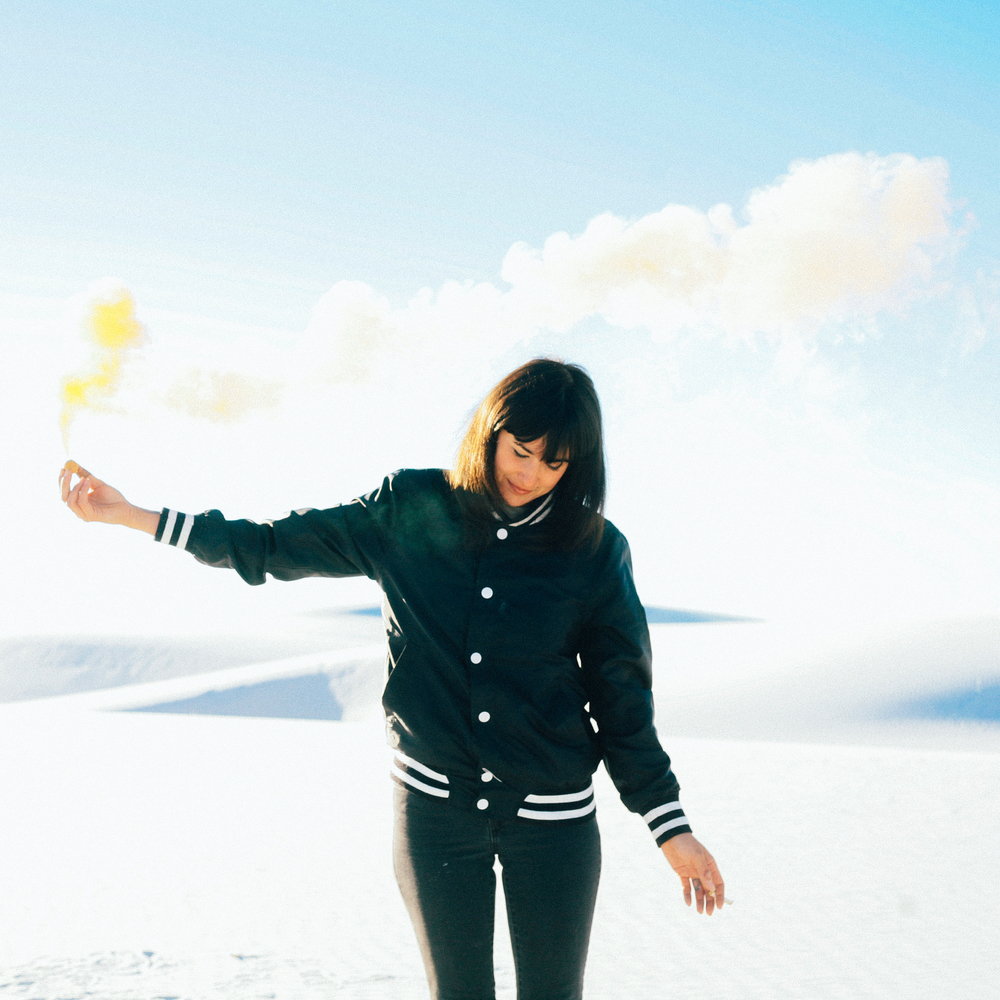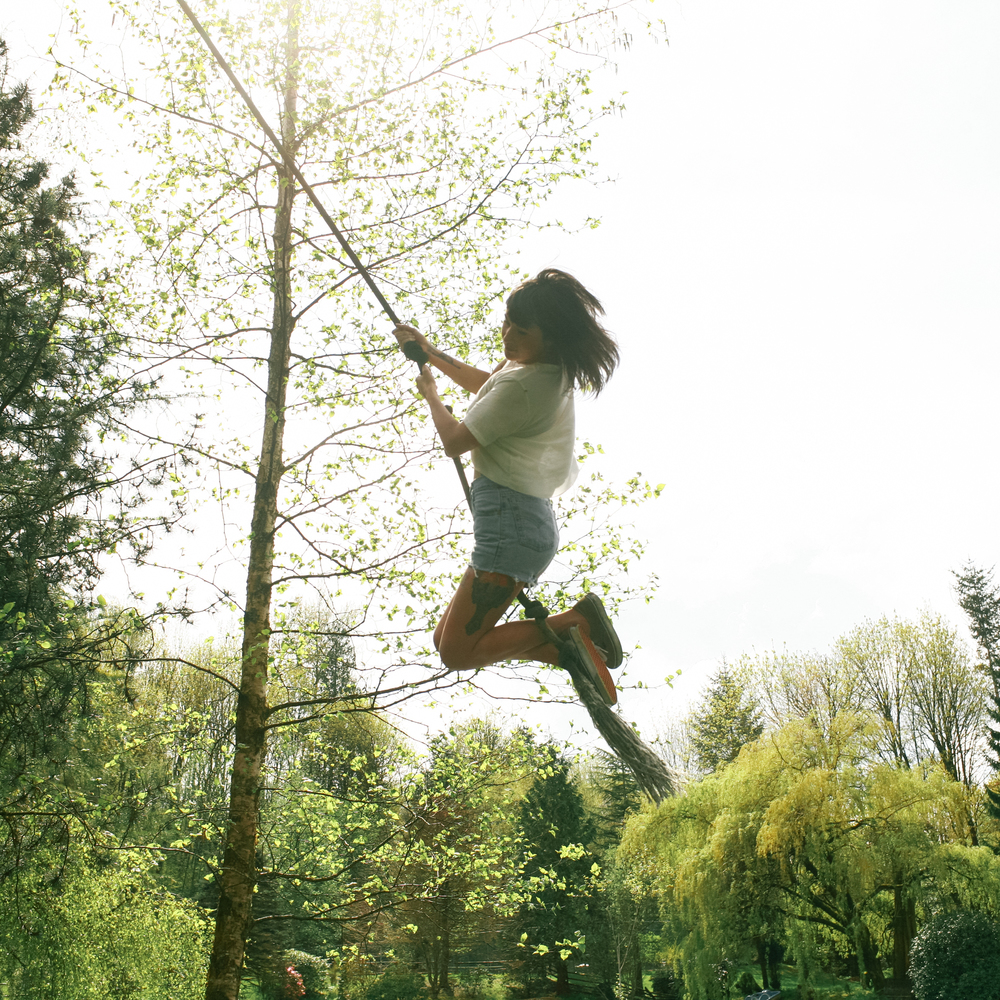I’ll be the first to admit we are lucky to live on the road (and it’s an incredible feat to be able to do it at all), but it’s not exactly as advertised. Nothing we put out there is 100% truthful. Our images and words are carefully composed, selected and scrutinized. At first glance, life looks really good for us and we know that. It’s intentional.
It’s called Image Crafting and it’s a huge part of what we do. We are all guilty of it on a certain scale; it’s a luxury afforded to us thanks to social media. The average Facebook user does this by posting the best parts of their lives through selected photos and crafted status updates. Seldom telling the full story, we show a highlight reel. Whether it’s Facebook, Instagram or even a text conversation, digital communication allows us to curate a version of ourselves that we may perceive as being superior or ideal. It’s not an outright lie, but it’s dishonest and we all accept and partake in the practice. The harm is that constant exposure to this type of information breeds insecurity. When everyone else appears to have a perfect life, partner or job, how else are we supposed to feel? We respond by ensuring our social media content or persona is on par. We perpetuate the cycle.
Jill and I do this by cherry picking our images and putting our best visual foot forward. We only present half of our story. What we omit is part of the act too. We untag unflattering photos and retroactively delete images or posts that no longer feel relevant. All to form a visual narrative that we feel is the best, most exemplary version of ourselves. This is no longer real life; it’s a campaign.
It wasn’t always this extreme. We started Our Wild Abandon to share a journey we were embarking on, and it ended up going further than we thought. Once people started looking at our work, we became more careful and selective with what we shared. We became self-conscious. We only want to share the strongest images, the easiest images to digest. We worry about offending someone with a caption or photo. We start to measure the success of our work in likes. We pare down our feed to just the “greatest hits” and leave out a lot of what we are experiencing. Gone are the days where we would post shitty iPhone photos of us being detained in a Yuma holding cell. We should know better than to let an audience dictate the work or moments we share. As artists, this is no way to create.
The need to curate ourselves online does seem counterintuitive in a way. In our real lives our strongest relationships center around honesty and vulnerability. We all spend our whole lives learning from our mistakes and most days, we don’t look so great. This is pretty much universal, so why is it so terrible to think about sharing a more complete picture online? It’s simple, because the option exists for us not to. We never need to be vulnerable or imperfect unless we choose it and we all take the easy way out.
We see the product of image crafting in our feeds every day but seldom confront it. I don’t expect anyone (ourselves included) to start posting their worst selfies or most recent romantic failure in detail online but I felt it was important to say that we are all in this together and that none of us are perfect.
So, in the spirit of transparency, here is what life really looks like.
